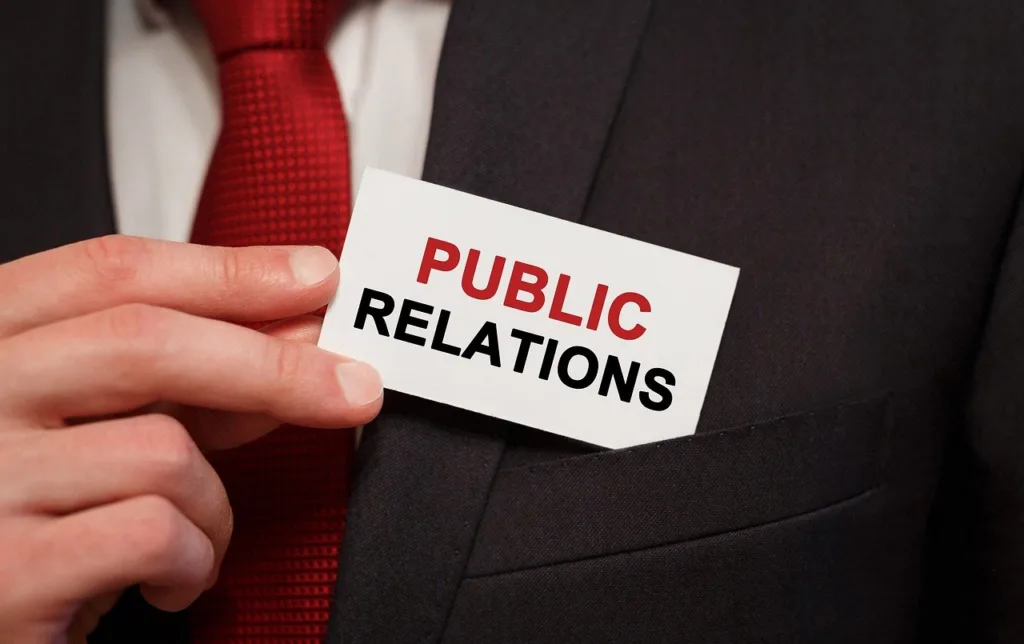If you are yet to start your journey as a copywriter, you’re probably confused about which type of copywriting you should learn.
Getting an idea of the many types of copywriting might help you pick one that better aligns with your abilities.
Additionally, if you pick the discipline of copywriting that better fits your talents, you’ll be able to write unique copy. This, in turn, might help you earn the big bucks you have always dreamed of.
Let’s dive in
1. B2B Copywriting

Business-to-business (B2B) copywriters have a simple goal: help businesses sell their products or services to other companies.
Experienced B2B copywriters rake in the big bucks because the products or services they market are very high-ticket.
Think of custom relationship management (CRM) software, enterprise-level networking solutions, and B2B payment solutions.
To sell these (and other) products or services, B2B copywriters produce a variety of copy, including white papers, press releases, articles, blogs, product descriptions, brochures, etc.
As such, they need to be well-versed in producing a variety of content. Or else, their copy may not be able to resonate with the target audience.
2. SEO Copywriting

Search Engine Optimization copywriting involves writing web content that is valuable to the reader while also meeting Google’s search rater guidelines.
Content that isn’t useful to the reader will stimulate a high bounce rate, telling the search engine to de-rank that particular article or, in extreme cases, the entire website on which the article is published.
Similarly, if the search engine (which, in most cases, is Google) feels that the article isn’t helpful to the reader, its algorithm won’t let the article rank highly, no matter how well-written that piece may be.
SEO copywriters thus have to make both ends meet: matching the searcher’s intent while keeping Google’s algorithm happy.
3. Technical Copywriting
Technical copywriting involves writing copy that convinces readers to take specific action, such as subscribing to a newsletter, booking a consultation call, clicking a link, or purchasing an ebook.
Experienced technical copywriters who have mastered copywriting fundamentals, can take complex topics and break them down in simple language, and are familiar with multiple marketing strategies.
An underrated skill that technical copywriters need is deciding which benefit they need to educate the reader about and which they should ignore, as the target audience doesn’t need to know about all of them.
All in all, you should consider a career in technical copywriting if you have strong writing skills, are curious about science and technology, and can present complex content clearly.
4. Direct Response Copywriting

Direct Response Copywriting is a form of copywriting that convinces the reader to take action as they’re reading the copy.
This action is inspired by copy written in an audience-focused language. One that is written in a convincing tone, creates a sense of urgency, and has a strong call-to-action (CTA), preferably at the end.
Examples of DR copywriting include opt-in pop-ups, short- and long-form Instagram ads, sales emails, and landing pages.
If you want to get filthy reach doing copywriting while getting worldwide famous in the process, start learning DR copywriting today.
5. PR Copywriting

Public Relations copywriting is a type of copy that is meant to interact with target customers and create brand awareness.
PR copywriters conduct a SWOT – Strengths, Weaknesses, Opportunities, and Threats – analysis to determine the areas their copy needs to target.
The impact of their copy is then determined by analyzing the following metrics, including media impressions, website traffic, content analysis, and market surveys.
All in all, the goal of PR copywriting is to nudge the public’s opinion in favor of the product/service you (the copywriter) is marketing.
5. Email Copywriting

Email copywriting involves writing an email that encourages a current or potential customer to undertake a specific action.
That action could be as simple as clicking on the link you may have included in the email or as complex as filling out a comprehensive survey.
The ultimate goal of email copywriting is to develop an nurture relationship with the reader and convert them into a customer or a lead.
To achieve this goal, email copywriters have to write content that resonates with the needs and interests of the audience. Which is easier said than done, hence why there’s a lot of trial-and-error in email campaigns.
6. Social Media Copywriting

Social media copywriting is different from other forms of copywriting in that its content can take multiple forms, such as text, videos, pictures, or even infographics.
How do social media copywriters decide which content to direct their energies towards? By understanding their client’s target audience.
For example, a copywriter working for a B2B fintech would get better customer engagement with infographics than someone marketing a guide curated for stay at home parents.
In addition to be tailored according to the target audience’s interests, the content must have relevance for the social media channels it’s going to be posted on.
For instance, marketers who use Twitter need to know how to craft engaging threads that could convince the audience to keep reading.
However, this might differ from social media copy on Instagram, which focuses more on eye-catching images, videos, and captions.
7. B2C Copywriting

Business To Customer copywriters are employed by companies who sell their products and services directly to the end user.
Think of the digital store from where you buy games, the physical store where you purchase your favorite pair of shoes and the mom and pop outlet where you get your dog’s favorite treats.
The goal of B2C copywriting isn’t to educate a customer or drive a conversation. Instead, it’s to convince them to make a purchase.
Since customers don’t take much time deciding whether or not to make a purchase, good B2C copywriting also reflects that urgency. It’s concise, doesn’t take too many words (or pictures) to get to the point, and has a CTA.
Which Type of Copywriting Should You Start Learning?

Feeling overwhelmed after reading about the many different types of copywriting? You are not alone.
Many newbie copywriters feel the same way once they come to know that the field of copywriting is so vast.
To help you decide which of the above copywriting fields might be right for you, here are a few tips to help you make a decision:
- Choose a type of copywriting that aligns with your expertise and personal interests. For example, writing copy for EA Sports will feel more enjoyable and fulfilling if you have a passion for gaming.
- Make a list of your strengths (as a writer). If you have a knack for writing persuasive short-form content, direct response or B2C copywriting might be up your alley.
- Think about your long-term career goals. Want to make your mark as a digital marketer? Social media or SEO copywriting could be beneficial.
Whatever paths you may choose, it’s essential that you enjoy it, learn about new things, and make lots of money in the process.
The rest will take care of itself!
Contact us today if you would like support with your websites copy.

Meet Amir Bashir, our skilled content writer at Keep Writing with over 12 years of freelancing experience. Specialising in article and blog writing, Amir prioritises readability, crafting engaging content while avoiding lengthy sentences and passive voice. He’s committed to delivering valuable and actionable insights to readers, ensuring each piece is unique and relevant. At Keep Writing, we uphold the highest writing standards, offering inspiration, knowledge, and actionable tips to help you elevate your writing skills.
Discover reviews about Amir here: https://www.upwork.com/freelancers/~0161fac3318973b96c

